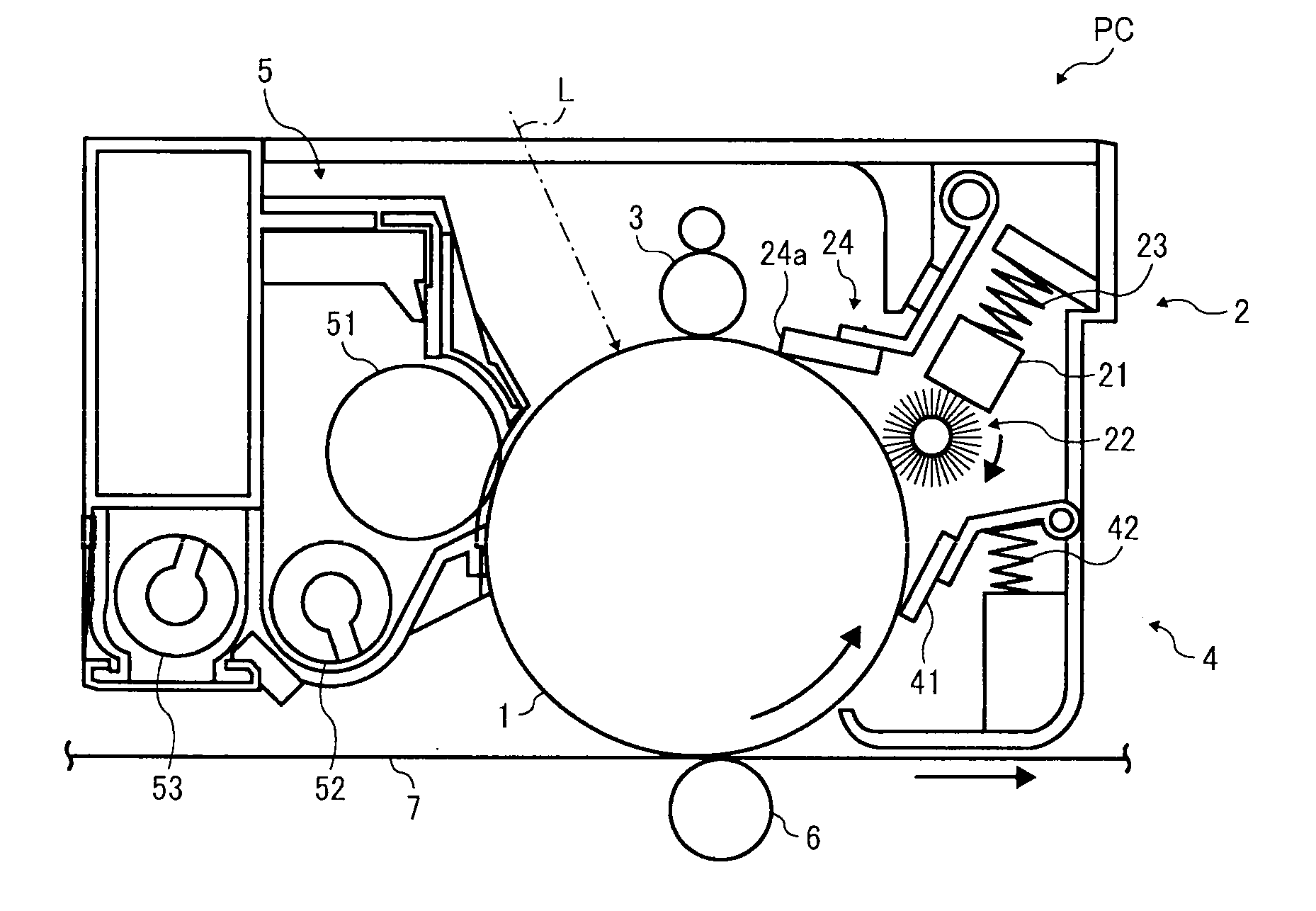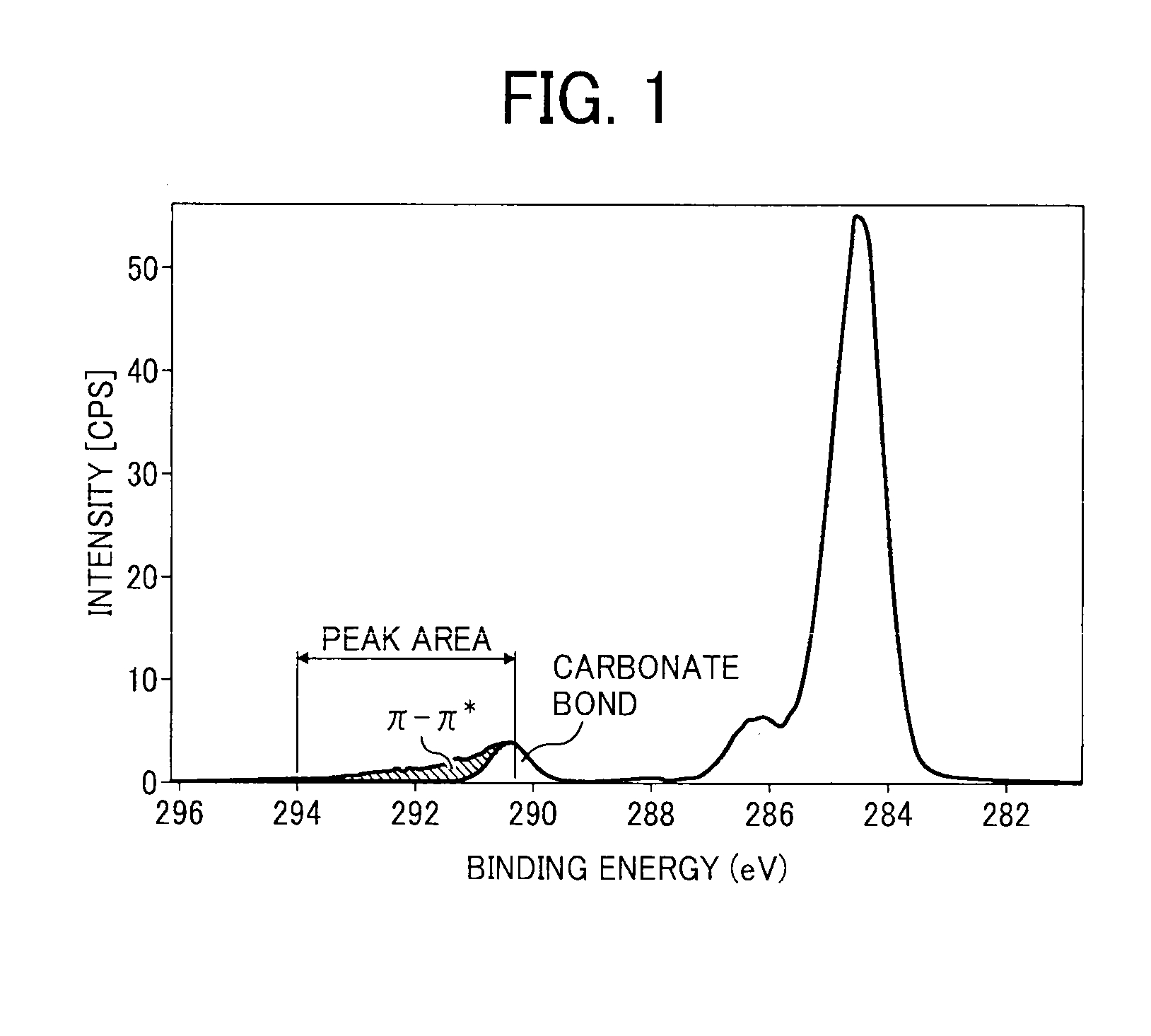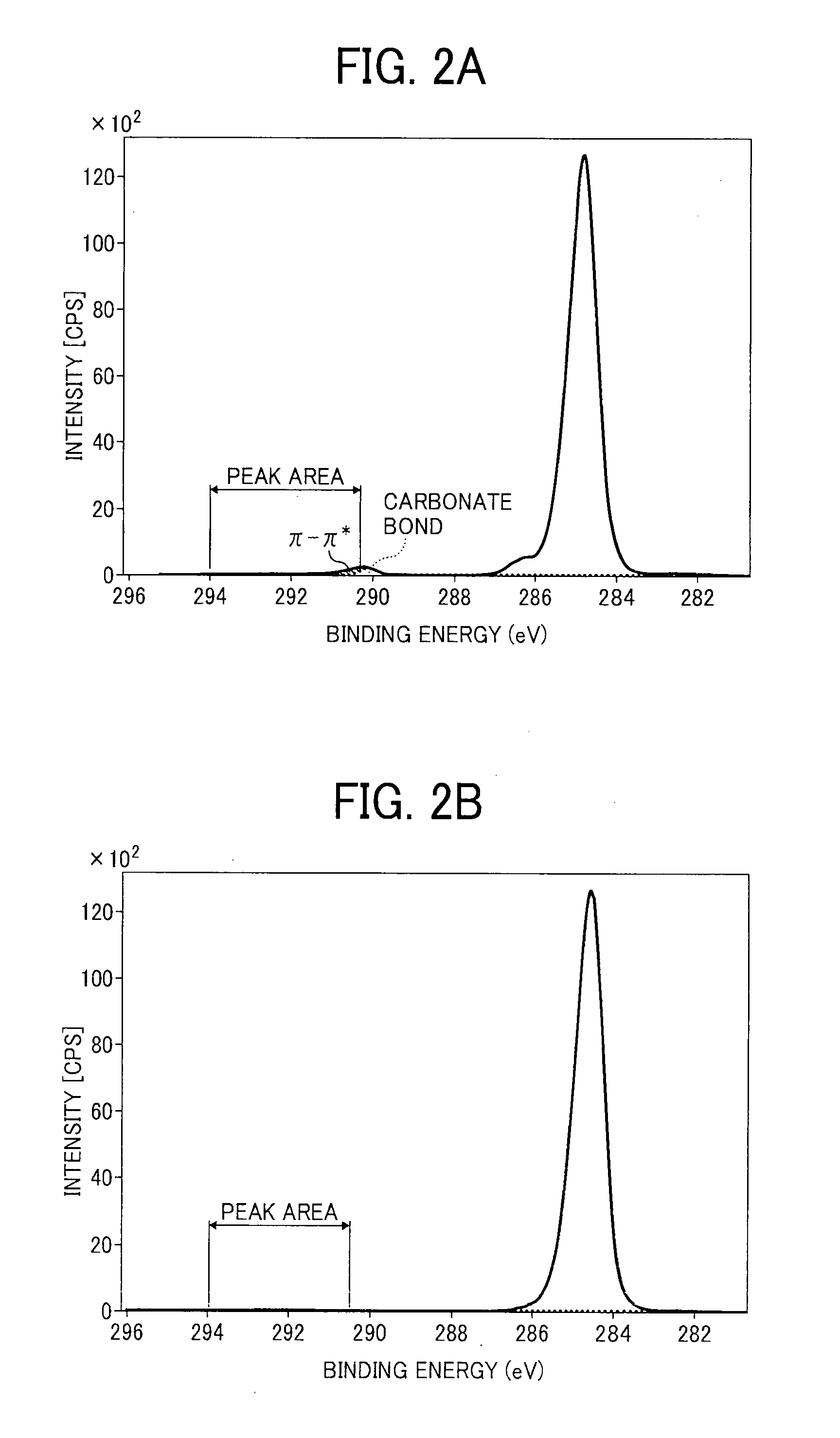Process cartridge and image forming apparatus using same
a technology of image forming apparatus and process cartridge, which is applied in the direction of electrographic process, instruments, corona discharge, etc., can solve the problems of reducing the useful life of the photoconductor, abrasion of the rubber blade and the surface layer of the photoconductor, and short life of the cleaning blad
- Summary
- Abstract
- Description
- Claims
- Application Information
AI Technical Summary
Benefits of technology
Problems solved by technology
Method used
Image
Examples
experiment 1
[0265]The photoconductor drum, a brush roller (polyester single fiber having a diameter of 33 μm, fiber density of 50,000 fibers per square inch, prepared by electrostatic implantation method), and a urethane blade were assembled in a protective agent setting unit and a process cartridge. The protective agent bar No. 2 was pressed to the brush with a spring force of 4.8 N to apply a protective agent to the photoconductor drum for 40 minutes. The photoconductor drum and the brush roller rotated at a linear velocity of 125 mm / sec and 146 mm / sec, respectively. In such preparation process, a developing unit and a charge roller were removed from the process cartridge.
[0266]The second area value A of the photoconductor drum after applying the protective agent was detected as 0% by using an XPS analysis. Accordingly, a coating ratio of the photoconductor drum, defined by ((A0−A) / A0×100)(%), was measured as 100%.
[0267]As above described, the A and A0 are a ratio of peak area of 290.3 eV to ...
experiment 2
[0271]Except a brush roller (polyester single fiber having a diameter of 39 μm, fiber density of 50,000 fibers per square inch, prepared by electrostatic implantation method), same devices used in Experiment 1 were used, and the protective agent was applied to the photoconductor drum for 40 minutes.
[0272]The second area value A of the photoconductor drum after applying the protective agent was detected as 0% using an XPS analysis. Accordingly, a coating ratio of the photoconductor drum, defined by ((A0−A) / A0×100)(%), was measured as 100%.
[0273]When evaluating performance of an image forming apparatus, a new photoconductor drum was assembled in a process cartridge as the photoconductor drum, and the protective agent was applied to the photoconductor drum for 40 minutes. Then, a developing unit and a charge roller were set in the process cartridge. The process cartridge was installed in IPSIO CX400, a tandem type color image forming apparatus produced by Ricoh Company, Ltd. In the pro...
experiment 3
[0275]Except a brush roller (polyester single fiber having a diameter of 39 μm, fiber density of 30,000 fibers per square inch, prepared by electrostatic implantation method) and pressing the protective agent bar No. 1 with a spring force of 2N, same devices used in Experiment 1 were used, and a protective agent was applied to the photoconductor drum for 40 minutes.
[0276]The second area value A of the photoconductor drum after applying protective agent was detected as 4.8% using an XPS analysis. Accordingly, a coating ratio of the photoconductor drum, defined by ((A0−A) / A0×100)(%), was measured as 45%, in which the first area value A0 was 8.7% as above described.
[0277]When evaluating performance of an image forming apparatus, a new photoconductor drum was assembled in a process cartridge as the photoconductor drum, and the protective agent was applied to the photoconductor drum for 40 minutes. Then, a developing unit and a charge roller were set in the process cartridge. The process...
PUM
| Property | Measurement | Unit |
|---|---|---|
| binding energy | aaaaa | aaaaa |
| diameter | aaaaa | aaaaa |
| binding energy | aaaaa | aaaaa |
Abstract
Description
Claims
Application Information
 Login to View More
Login to View More - R&D
- Intellectual Property
- Life Sciences
- Materials
- Tech Scout
- Unparalleled Data Quality
- Higher Quality Content
- 60% Fewer Hallucinations
Browse by: Latest US Patents, China's latest patents, Technical Efficacy Thesaurus, Application Domain, Technology Topic, Popular Technical Reports.
© 2025 PatSnap. All rights reserved.Legal|Privacy policy|Modern Slavery Act Transparency Statement|Sitemap|About US| Contact US: help@patsnap.com



